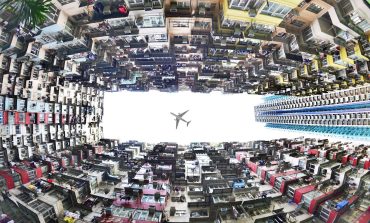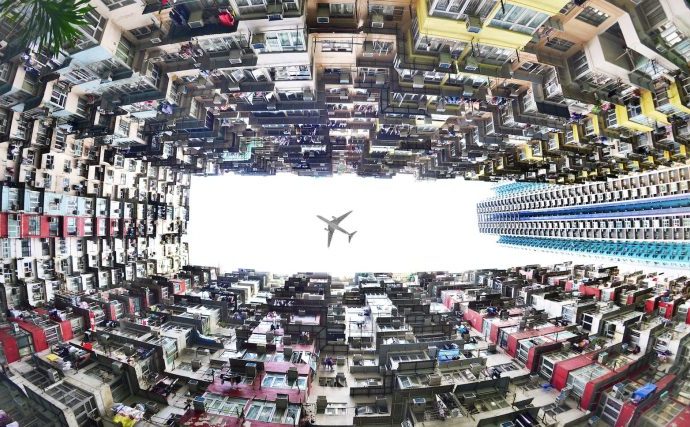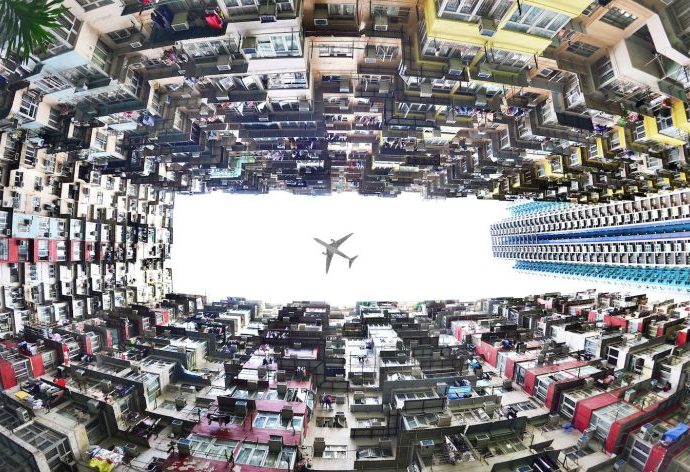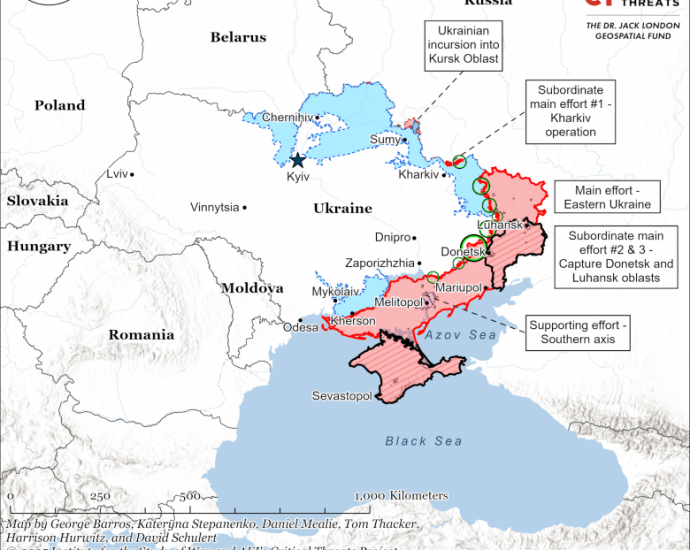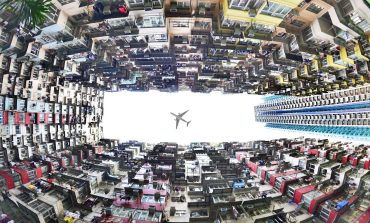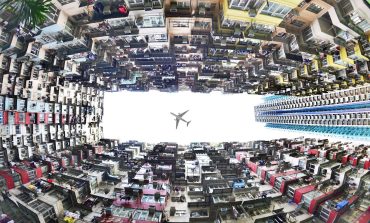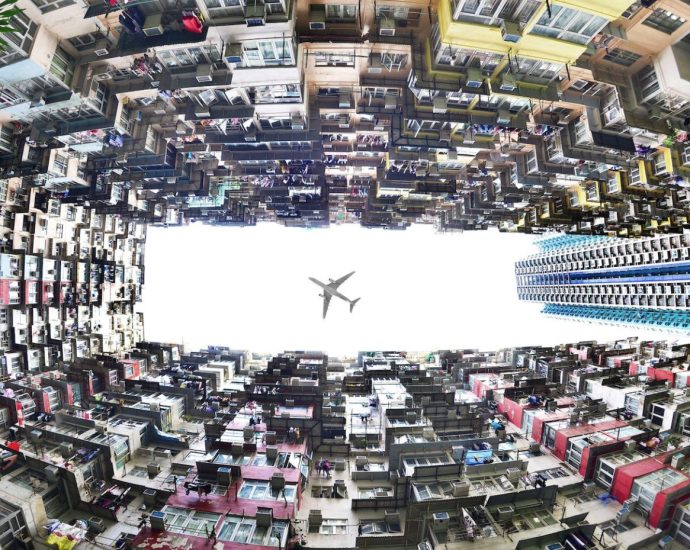Taliban’s ‘gender apartheid’ could be its undoing – Asia Times
Last week, the Taliban announced it was withdrawing from the International Criminal Court (ICC), rejecting the court’s authority and accusing it of political bias.
In a public statement, the Taliban claimed it had no obligation to the ICC because it was incompatible with the regime’s interpretation of Islam, and that it was being unfairly targeted after the court’s failure to address accusations of war crimes committed by United States-led forces between 2001 and 2021 in Afghanistan.
This comes after ICC Prosecutor Karim Khan applied for arrest warrants in January for Taliban Supreme Leader Haibatullah Akhundzada and Chief Justice Abdul Hakim Haqqani for crimes against humanity committed against women in Afghanistan.
Khan claimed Taliban leaders were responsible for persecuting Afghan women and girls since the group’s return to power in August 2021. This includes the severe deprivation of physical integrity and autonomy, freedom of movement and expression, education, private and family life and freedom of assembly.
The Taliban undeniably treats Afghan women and girls abysmally, denying them an education and most jobs. According to the United Nations, 2.5 million school-age girls have been denied their right to education.
Women have even been banned from working with aid organizations, leaving many Afghan women out of work or unable to access lifesaving humanitarian assistance.
The Taliban have also instituted “vice and virtue” laws forbidding women from showing their faces in public, looking at other men or taking transport without a male chaperone. This comes after the Taliban banned women from using beauty parlours and visiting national parks last year, completely removing women from public spaces.
The situation for women has gotten so bad that the UN declared it the “worst globally” last year, while the UN’s representative in Afghanistan – Richard Bennet – labeled the Taliban’s actions “gender apartheid.”
Khan’s request for warrants is the latest attempt to hold the Taliban accountable for its treatment of women and girls.
In January, the United Kingdom joined several other countries in referring the regime to the International Court of Justice (ICJ), alleging it had violated the Convention on the Elimination of All Forms of Discrimination Against Women. Twenty-four countries have now threatened to refer the Taliban to the courts.
While the regime can and has easily rejected the authority of the world’s courts, it does pose a problem for the Taliban.
The Taliban needs legitimacy to remain in power over the long term and craves recognition that would validate its strict interpretation of Islam. But despite some countries informally recognizing the regime – such as China – the broad consensus has been a refusal to accept the Taliban as the official government until it treats women and girls more humanely.
The Taliban has hoped the world would run out of patience and meekly accept its hardline regime, but United States President Donald Trump’s recent aggressive rhetoric against the Taliban makes this scenario unlikely.
Indeed, if the Taliban wants to take its place in the community of nations, it needs to play by the world’s rules. This includes the ICC, which Afghanistan joined in 2003 under then President Hamid Karzai, giving the court clear jurisdiction over crimes committed in Afghanistan.
But when the Taliban accuses the court of double standards, it has a point. No American politician or soldier has been handed a warrant for war crimes against Afghan civilians. Trump’s recent sanctions against the ICC in response to arrest warrants for Israeli leaders for crimes in Gaza also highlights the unequalness of the international “rules-based order.”
But this does not absolve the regime for how it treats women, and international law is something the Taliban will need to accept if it wants to officially represent Afghanistan at the United Nations.
The warrants have also exacerbated tensions within Taliban ranks. In January, Deputy Foreign Minister Sher Abbas Stanikzai publicly demanded an end to the ban on women’s education, calling it a “personal choice” and rebuking the regime’s claim its position on women was consistent with Sharia law.
The warrants also come at a time when the Taliban is under significant pressure. Islamic State continues to carry out deadly attacks throughout Afghanistan, claiming responsibility for the assassination of Taliban minister and powerbroker Khalil Ur-Rahman Haqqani in December.
The regime’s relationship with former ally Pakistan is also fraught, leading to border skirmishes and air strikes on Afghan soil that have humiliated the regime. All in all, the Taliban looks weak and arrest warrants for its leaders have only worsened its position at home and abroad.
Stanikzai gets what many Taliban do not: that the world is not just budging on how the regime treats women and girls; rather, it is doubling down on demands for better treatment.
Oppressing 20 million Afghan people is neither sustainable, nor is it consistent with any tenets of Islam. The Taliban’s treatment of women and girls is about power, but that power is now fracturing from within. And disunity is death in Afghan politics.
Make concessions on women and girls and the Taliban will get its coveted seat at the table and the international legitimacy it craves.
This would be a boon for the regime and enable it to work with the international community to solve the myriad of problems Afghanistan faces, particularly on terrorism and the ongoing humanitarian crisis.
The alternative is isolation and a reliance on cruelty, both of which brought on the Taliban’s last downfall in 2001.

